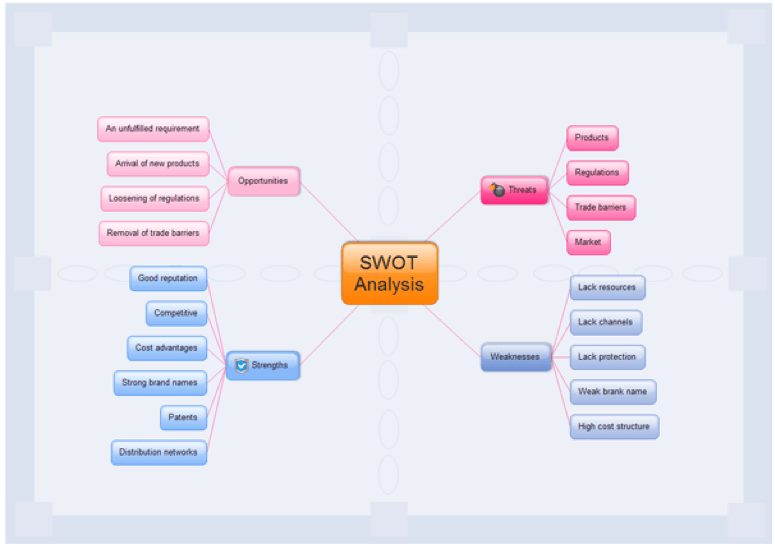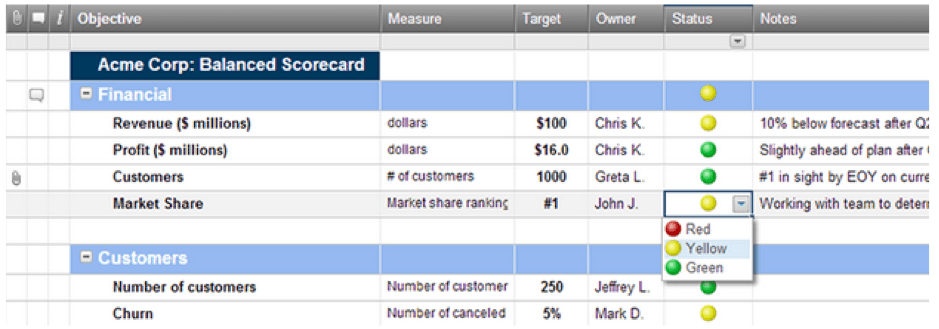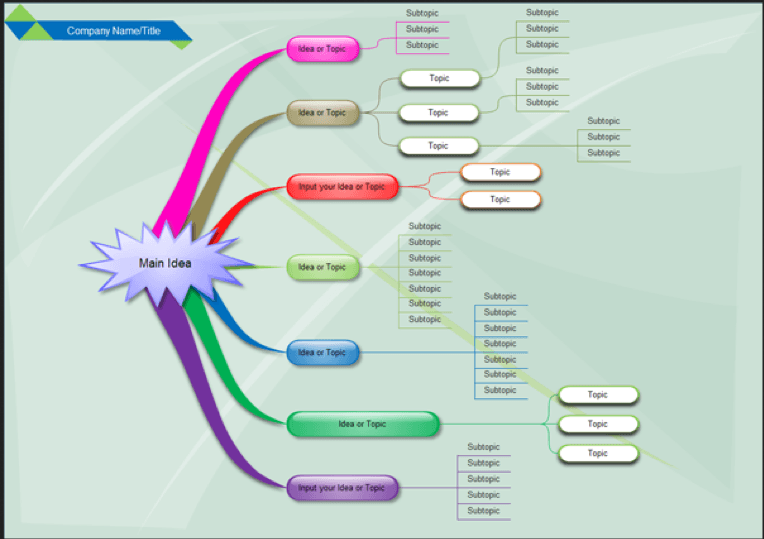You do have a customer service strategy in place, don’t you? A system for all employees to follow when dealing with the multitude of situations that may arise with your business?
If you do not have a strategy in place, now is the time. Customer service, along with customer experience, are the new differentiators in deciding whether a person will return to do business with you in the future. You cannot compete on price alone, because someone can always find a lower price with the click of a mouse. It’s the service that will keep your customers loyal and determine if they will become a brand ambassador for your company. Someone who will sing your praises without being asked! Free marketing and referrals! You can’t beat that.
Here, in no particular order, is a brief summary of three different strategies you can use to make sure your customer service and customer experience exceed all expectations. It will take some time to brainstorm with your team the direction you would like to go. Start with a single area or department within your company, and gradually expand to cover more areas.
SWOT Training
SWOT stands for Strengths, Weaknesses, Opportunities, and Threats for your business. It can give you an overall view of your entire company, or something more specific, such as your customer service approach. Here are some questions to ask:
- Strengths
- What do you do better than anyone else does?
- What advantages does your organization have?
- What resources can you draw upon that others can’t
- What do people in your company and your market see as your strengths?
If you are having trouble trying to define your strengths, write down some of your company’s characteristics. Consider your strengths from an internal perspective, as well as from the view of your customers.
- Weaknesses
- What can you do better?
- What are some things you are doing (or not doing) that might cause you to lose sales?
- Are you complying with all local and national regulations that affect your business?
It is best to address all unfavorable situations now when you have the time, and not wait for the situation to get worse when you are strapped for time.
- Opportunities
- What trends do you see happening that affect your business?
- What opportunities can you spot that might lead to more business or a better customer experience?
- Are social opportunities changing that you can benefit from?
- Are there any new regulations you need to know about or comply with?
- Are there any local events you can be a part of?
Look at your strengths when looking for opportunities, and see if you can use those strengths to open up new avenues for growth.
- Threats
- Is new technology threatening your business in any way?
- Do you have cash flow problems?
- Are federal or local rules and regulations changing in any way?
- Are any new businesses that are competitors (or can become competitors) opening up near you?
Threats can come from anywhere, so get input from a number of sources. This should be an ongoing process, with updates throughout the year.

Balanced Scorecard
The Balanced Scorecard is a performance tool that lets management see what is and isn’t working within various departments of a company, and helps identify and improve numerous functions within a business, both internally and externally. The balanced scorecard I have used in the past is like a stoplight: green for meeting all your targets, yellow for warning signs, and red for stop and pay attention. It measures and provides feedback concerning various areas that you want to monitor. It can show you your strengths and weaknesses, and where you need to devote more time.
A balanced scorecard can help you define your organization’s strategy, help communicate that strategy to all employees, and then monitor the performance across all areas. This is done through monthly, quarterly and annual reports.

Mind Mapping
Mind mapping is a powerful tool that helps you get all the ideas floating through your brain onto paper so it can be disseminated properly. You can get a good idea of mind mapping by looking at an oak tree, where the main trunk is the heart of the business (or whatever you would like to map out), with the branches, twigs, and leaves acting as offshoots of the company or project.
Mind mapping is more visual and has an organizational structure that can include images, color, lines, symbols and anything else that would make it easy to understand and comprehend. It should use short words or phrases and include at least two main thoughts for each sub-theme you created.

No matter which method you use, getting your thoughts, actions, and ideas onto paper is the first step to making it a reality. No project or theme is too small. Creating your customer service strategy will go a long way to making sure your customers are being treated the way you envision, setting up your company for repeat business, customer loyalty, and wonderful referrals.









